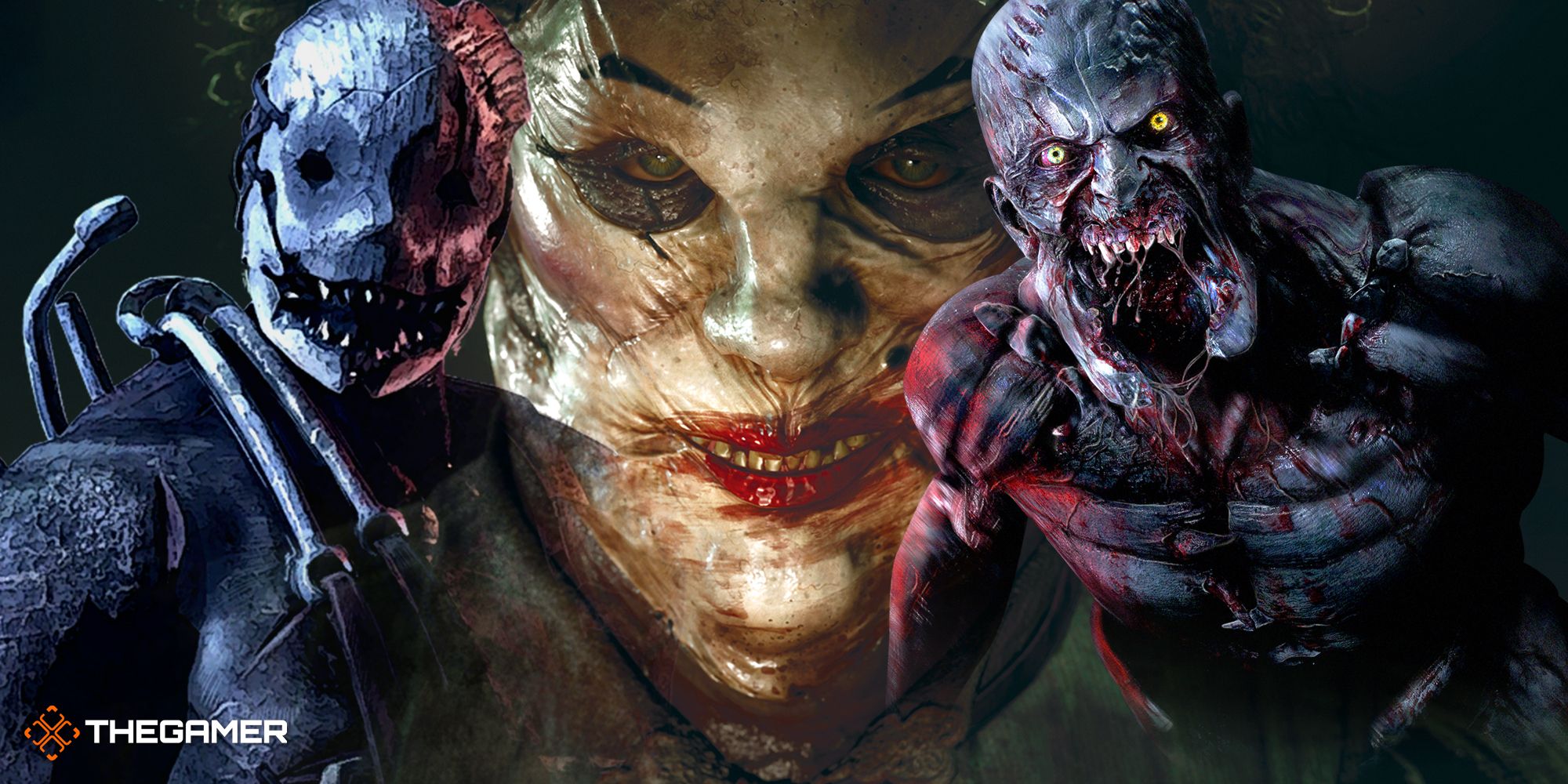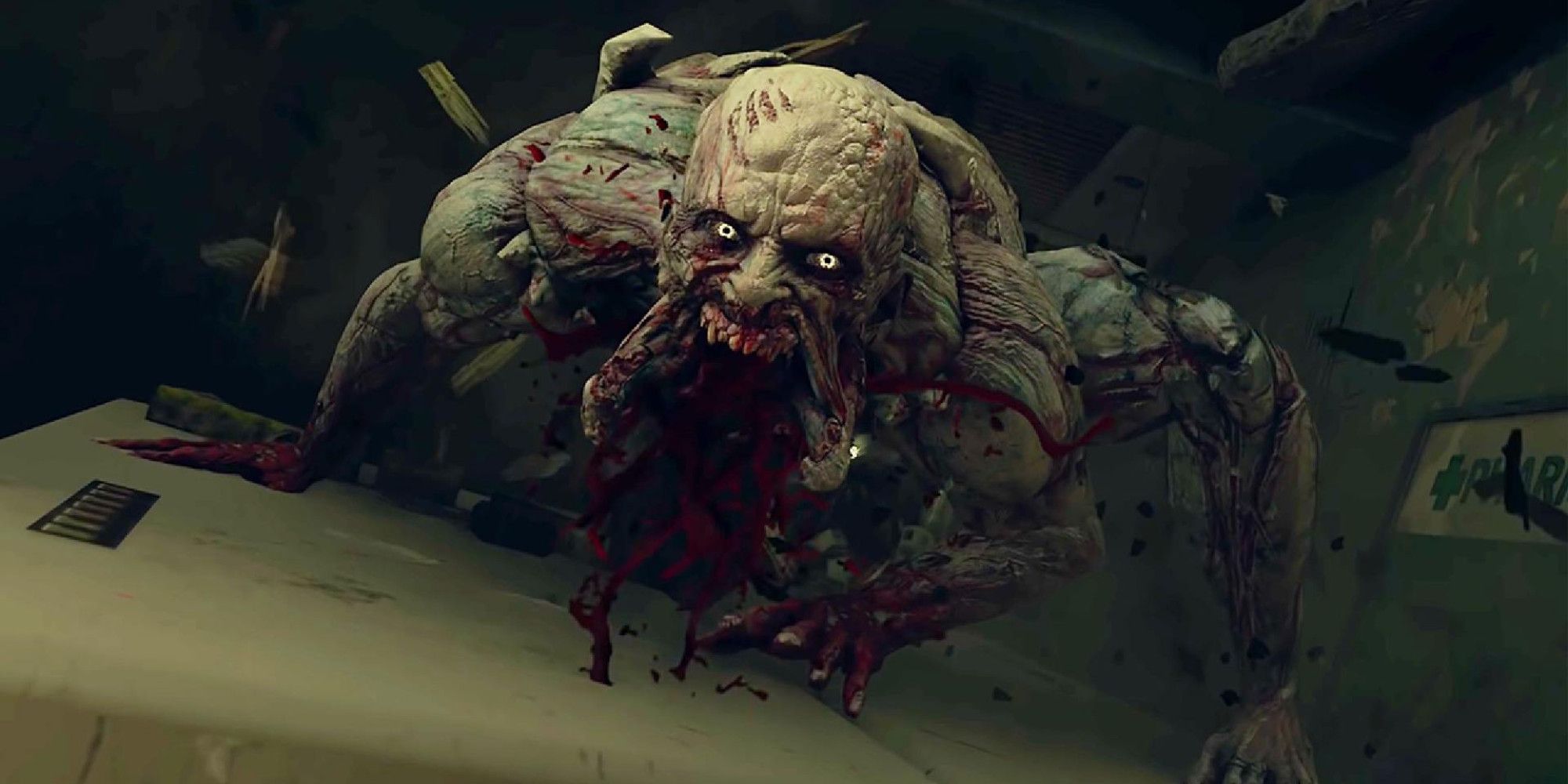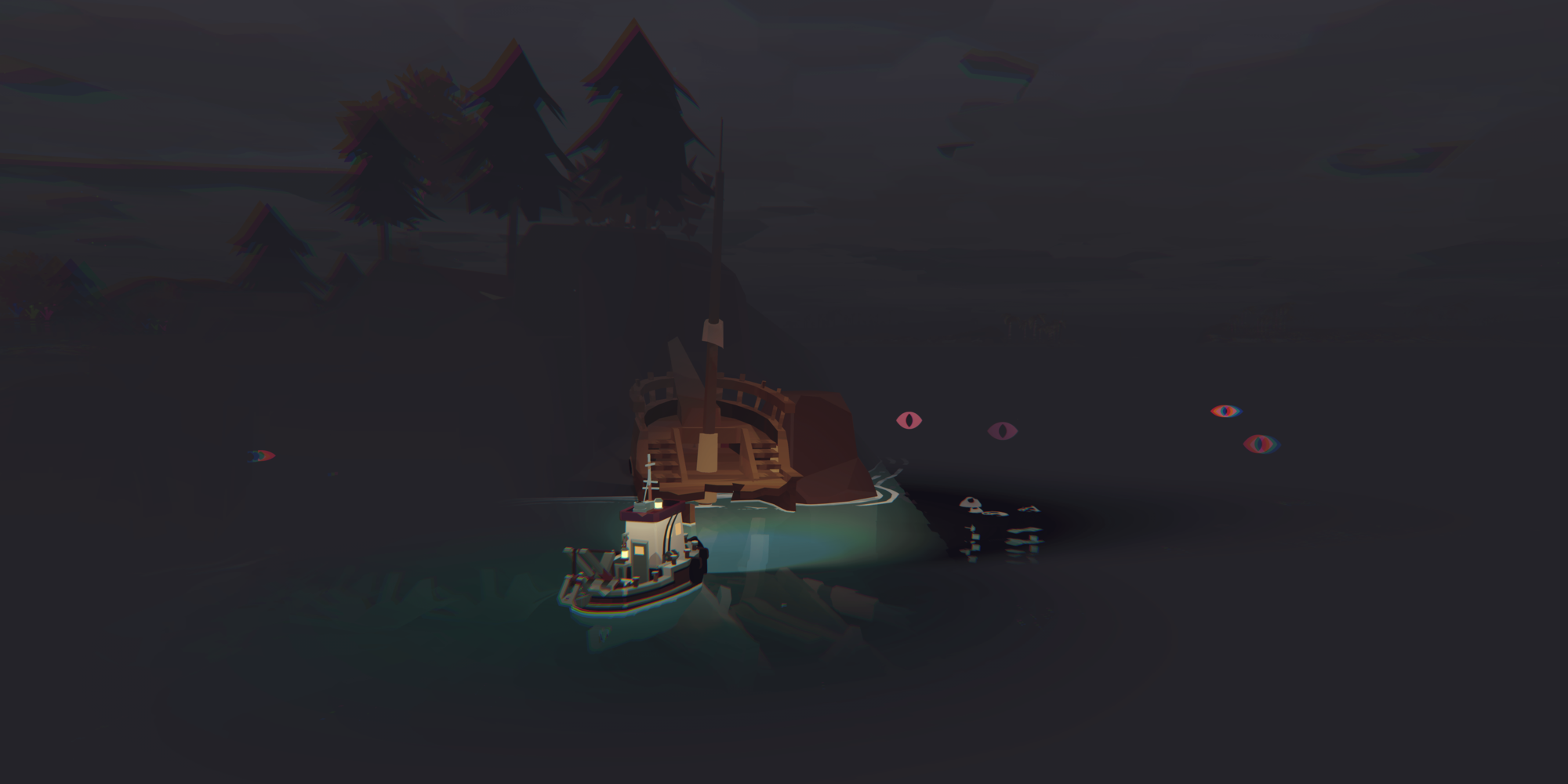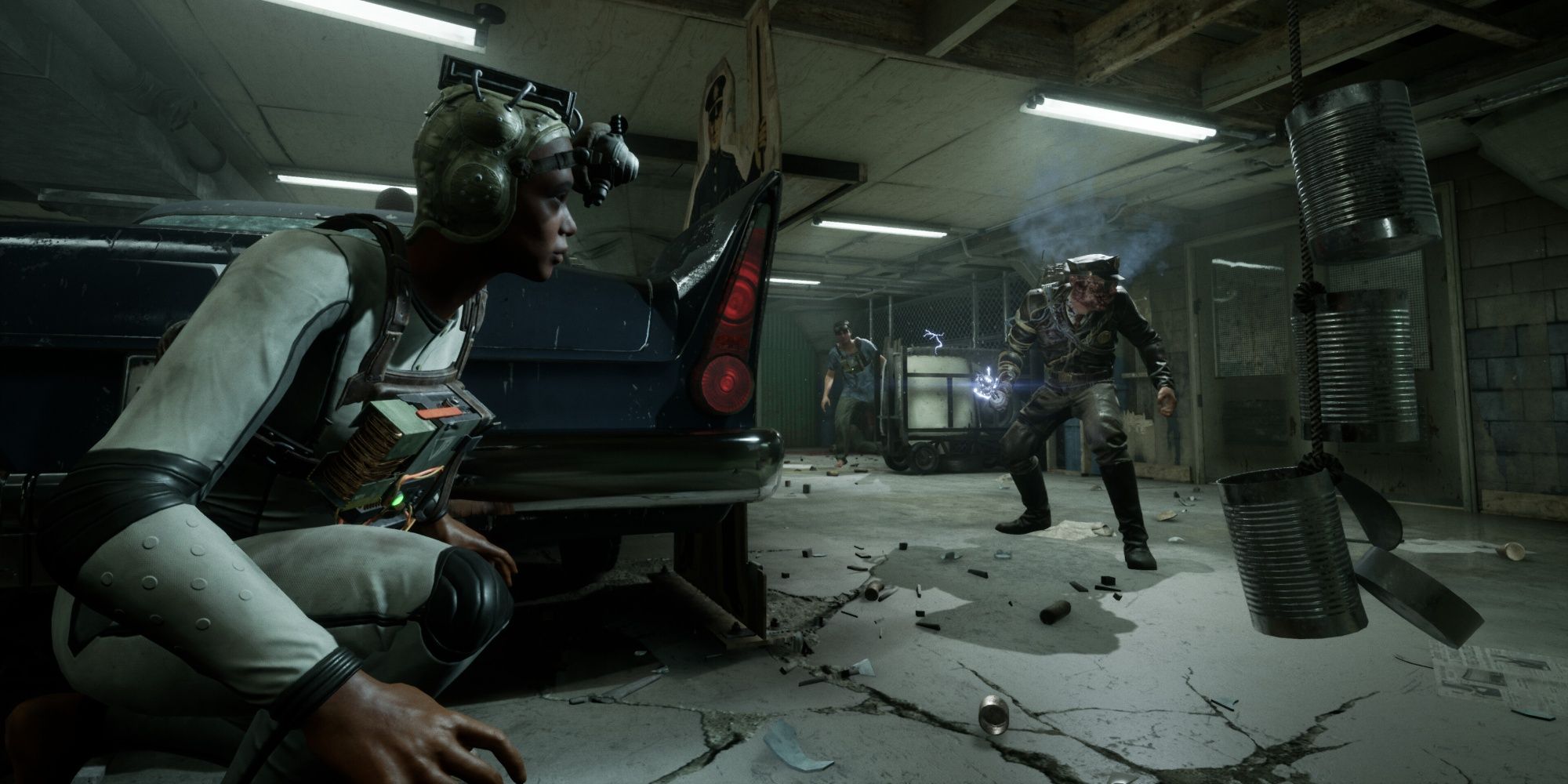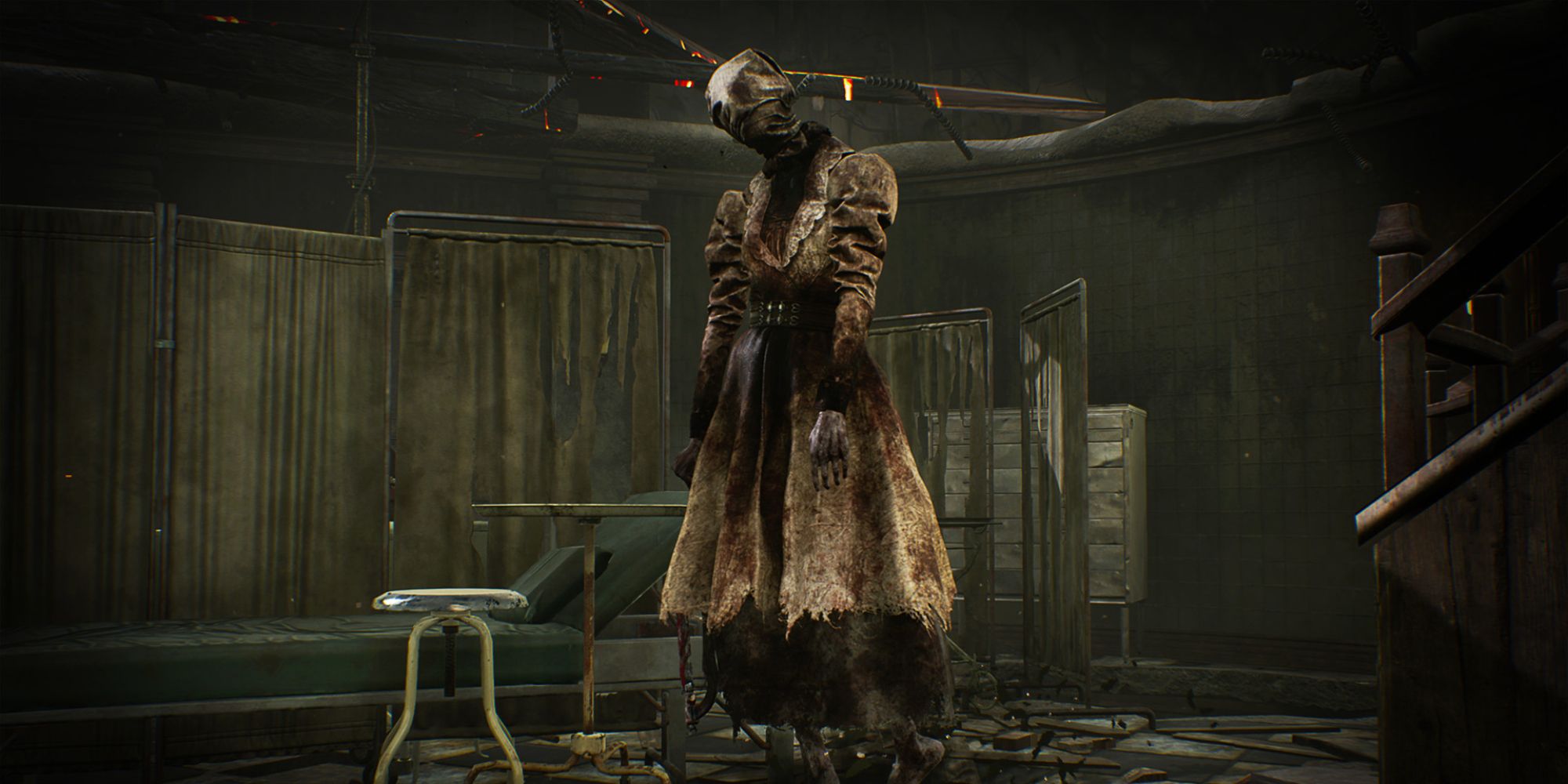Over the past few years, horror fans have been treated to an unending wave of quality titles from all over the industry. From massive blockbusters like Resident Evil and Dead Island, to smaller, more experimental titles like Inscryption and Signalis, the horror space is chock-full of developers looking to scare the living daylights out of us with unprecedentedly creepy creations.
Already this year, we’ve had Dead Space, Resident Evil 4, Dead Island 2, and System Shock, with titles such as Alan Wake 2, Slitterhead, and a bunch of Silent Hill games still to come. More than ever, the publishers behind gaming’s most iconic horror franchises are starting to realize that there’s an audience for the genre that they’ve been neglecting for so long, one that indie and mid-tier developers have been catering to all this time.
There are plenty of developers out there who have been keeping horror games going though, including Dying Light franchise director Tymon Smektała, who explained to me that the lack of strong releases during the genre’s down period in the mid 2010s left it “underestimated”. During a time when publishers like Capcom and EA were trying and failing to tone down the scarier elements of their games to appeal to a general audience, Dead Space 3 and Resident Evil 6 being prime examples, Smektała points to the reveal of P.T. and the hype surrounding it as proof that plenty of people out there still had an appetite for traditional horror.
“I think that it always had a presence and probably was just underestimated, perhaps due to the lack of really strong releases,” said Smektała. “Remember how P.T. resonated with the gaming public?
“Survival horror might be a niche genre, but the “niche” is actually so big that it supports a brand as strong as Resident Evil - and you can’t argue with it being a behemoth not only in video games, but in pop culture in general. So, for me, the horror was always there, just lurking in the darkness.”
It took a few breakout hits from indie and mid-tier developers to get the penny to drop for the biggest publishers out there, but now we’re being rewarded for the efforts of those that kept the genre alive during that time. Dead Space is back, Resident Evil is flourishing once again, and Konami is all in on Silent Hill. While it’s nice to see traditional survival horror back to its best, Smektała thinks that there’s a lot more the genre is capable of.
“But I think there’s a lot of untapped potential in horror games that has to do with the interactivity of the medium. Kojima was “reading players' minds” with the Mantis boss fight in 1998 - if any genre has the potential to take that type of approach further, it’s definitely survival horror.”
And that’s why horror is only going to get better as the popularity of the genre continues to trend upwards. Like with any genre, an abundance of similar experiences leads to innovation, as studios shake up their once reliable formulas in an attempt to stand out, and already we’re seeing indie developers push the boundaries of what horror games can be. Inscryption managed to take a horror setting and mold it around a deck building roguelike. Doki Doki Literature Club defied all of our preconceived notions to deliver one of the most disturbing games of 2017. Dredge looks like a cozy fishing simulator from the outside, but sailing across the vast ocean in pitch black darkness is one of the scariest experiences I’ve had this year.
Now that we’re seeing more big horror titles return, soon it won’t be enough to simply rely on name recognition alone. We need more unique experiences, and the indie space is the place in which we’ll get them. Having fewer higher ups to convince means more experimental ideas can be worked on, and titles like The Outlast Trials is a perfect example of a studio benefiting from its independent status to make something different. Red Barrels co-founder Philippe Morin explained as much when speaking with me regarding the indie space, claiming that The Outlast Trials may not exist if it wasn’t for the benefits of being an indie developer.
“It’s definitely easier to take risks when you don’t have multiple layers of people to convince,” said Morin. “You can move forward based on intuition and experience. There’s also the fact indie studios don’t have a big overhead to cover, so that helps financially.”
“It took us almost 6 years to figure out the recipe of The Outlast Trials. At some point, we drifted too far away and had to re-evaluate the core gameplay. I doubt it would have been possible to go through the same process in a bigger studio, but since we’re 100% independent and self-funded, our destiny was in our hands.”
It’s a similar situation for Behaviour Interactive. Dead by Daylight is arguably one of the most popular ongoing horror games out there at the moment, but it wouldn’t have been made possible without the creative liberties afforded to independent studios.
“There’s no way we could have made Dead by Daylight if we were a big studio,” said Côté. “Clearly being independent and smaller allowed us to create something that hadn’t been seen before. Indie studios allow for experimentation and boundaries-shattering work. Big studios don’t usually ever take chances and allow developers to tackle groundbreaking gameplay.”
It’s this ease of experimentation in the indie scene that makes the future of the horror genre so exciting, as more and more developers stray away from making simple spiritual successors now that the franchises they’re succeeding are coming back. As the Callisto Protocol has proven, it’s not enough to simply make a game and coast off of the success of another popular horror franchise. We need new experiences and fresh ideas to drive the genre forward, things that indie studios and those using Early Access (like The Outlast Trials) are keen to provide. We’re already seeing unconventional titles released alongside the big guns. For every Dead Island 2, there’s a Paranormasight. For every Dead Space, there’s an Amnesia: The Bunker.
There’s also the chance that horror’s recent increase in quality experiences, both large and small, will lead future generations to develop an interest that will keep this golden period going for a long while yet. One of the things that Côté prides themself on the most is Dead by Daylight’s ability to bring horror to mainstream audiences, whether that be through playing the game itself or through streamers playing the game for their audiences. Dead by Daylight’s continued popularity is fuelled by its crossovers with some of horror’s biggest names, and being able to potentially introduce people to the classics in such a manner is something that fills Côté with “a lot of pride and purpose.”
"I think games like Dead by Daylight help bring horror to the mainstream because so many people now play it and stream it. DbD is a horror game that is really playable and is really enjoyable as a “spectator’s sport”."
"Watching a famous streamer scream and have really intense jump scares makes for a really fun viewing experience and as a result, people who may not have been attracted to horror otherwise come to discover the genre because of Dead by Daylight."
It feels like a great time to be a horror fan right now, and if indie developers continue to release successful, innovative new games alongside popular titles like Dead by Daylight to compliment the pillars of video game horror like Silent Hill and Resident Evil, then the genre is only going to get stronger and stronger in the years to come.

